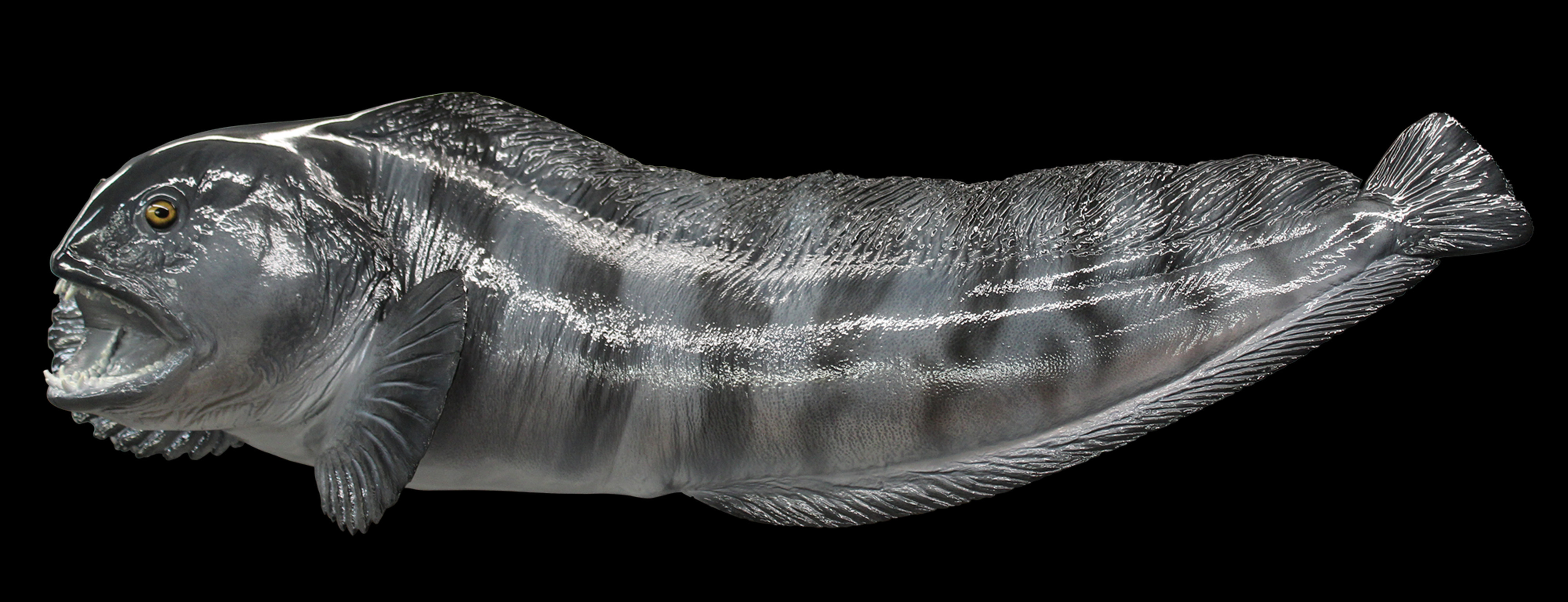

It no longer occurs in our state in 1950, a small female killed in Taney County became the last red wolf on record in Missouri.

Similar species: In addition to the coyote and domestic dog, noted above, the gray wolf is also very similar to the red wolf ( Canis rufus), one of the world’s most endangered canids, which once called southern and eastern Missouri home. In the last decade or so, Missouri hunters have occasionally shot federally endangered wolves that have wandered here from other states, having mistaken them for enormous coyotes. Because of the great variety in the bodies of dogs, coyotes, and wolves, to ensure correct identification, seek expert advice. The Hoplias aimara, also commonly referred to as the Giant Wolffish, is a freshwater species rampant in the waters of South America. This species is an occasional visitor to our state. They can weigh as much as 40 kg (88lbs).The gray wolf is similar to the coyote but is larger and more robust (coyotes seldom exceed 30 pounds in our state), with a broader nose pad, a larger heel pad on the front foot, somewhat coarser pelage (fur), longer and more slender legs, and larger ears in proportion to the head. Attacks on larger vertrebrates including humans are unproven. It is mainly an ambush predator of fish but also feeds opportunistically on other animals that fall into the water such as terrestrial invertebrates. Often found in counter current zones of principal rivers and creeks. Across most of northern south America, Brazil, Columbia, Venezuela, Guyana, French Guiana and Suriname, the record for this species is 120 centimeters (four feet). Hoplias aimara, also known as Anjumara, Anjoemara and Wolf Fish, is a species of freshwater fish found in the rivers of South America.

Weights are between 26 and 32 kg (57 and 71 lb) for males and 22 and 26 kg (49 and 57 lb) for females. Early reports of skins and living animals suggested exceptionally large males of up to 2.4 m (7.9 ft) intensive hunting likely reduced the occurrence of such massive specimens. The animal's well-muscled tail can add a further 70 cm (28 in) to the total body length. Males are between 1.5 and 1.7 m (4.9 and 5.6 ft) in length from head to tail and females between 1 and 1.5 m (3.3 and 4.9 ft). It has the greatest body length of any species in the mustelid family, although the sea otter may be heavier. The giant otter is clearly distinguished from other otters by morphological and behavioural characteristics.

It has no serious natural predators other than humans, although it must compete with other species, including the Neotropical otter and caiman species, for food resources. The giant otter largely subsists on a diet of fish, particularly characins and catfish, and may also eat crabs. It constructs extensive campsites close to feeding areas, clearing large amounts of vegetation. The species prefers freshwater rivers and streams, which are usually seasonally flooded, and may also take to freshwater lakes and springs. Where to Fish for South American Wolf Fish. their tankmates are 3 severums, 2 pimelodus blochii, a vulture catfish, 3 firemouths, a jack dempsey, a large tiger oscar, the festae, and 4 wide bar. In Season 3, a terrifying report of a mutilation came from a. Although they are much larger than any living piranha, they often share the same habitat. the largest recorded specimen weighed 88 pounds. The Wolf fish (locally known as Anumara) is a species of fish that dwells in the jungles of northern South America. hoping the peace remains the same into adult hood. The Wolf Fish is a species of fish that lived in many places of the world. the red wolf is the smallest in the tank. he giant otter shows a variety of adaptations suitable to an amphibious lifestyle, including exceptionally dense fur, a wing-like tail, and webbed feet. In fact the black wolf is scared of my 10'' niger catfish. Unusually for a mustelid, the giant otter is a social species, with family groups typically supporting three to eight members. While they have a large native range, most fly anglers pursue giant wolf fish in Brazil, Guyana, or Venezuela. With a distribution across South America and parts of Central America, there are plenty of places to catch wolffish. It is the longest member of the Mustelidae, or weasel family, a globally successful group of predators. Where to Fish for South American Wolf Fish. The giant otter ( Pteronura brasiliensis) is a South American carnivorous mammal.


 0 kommentar(er)
0 kommentar(er)
